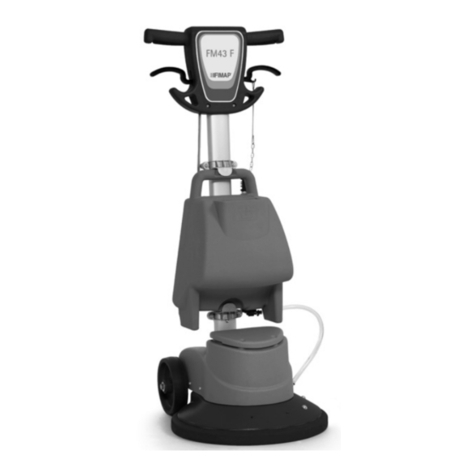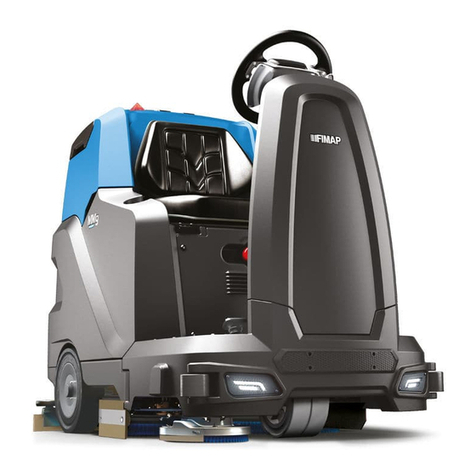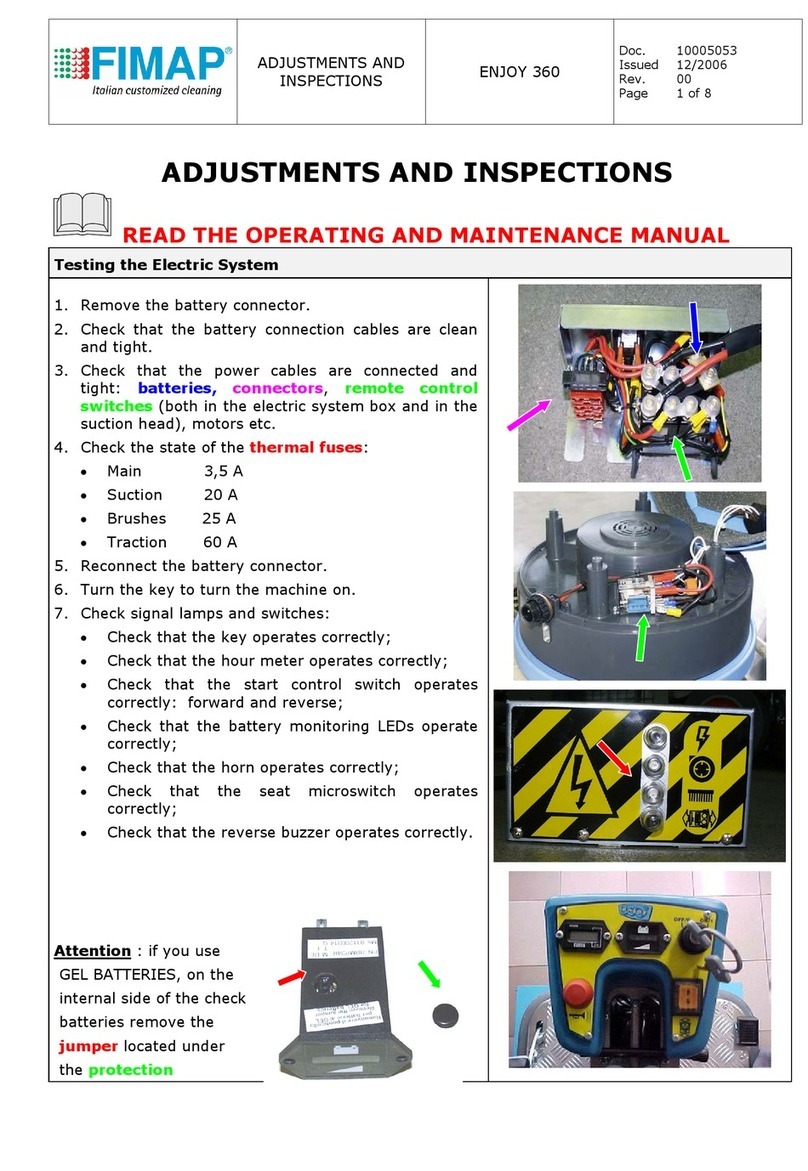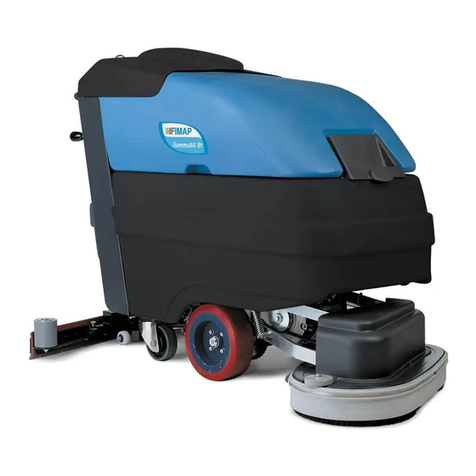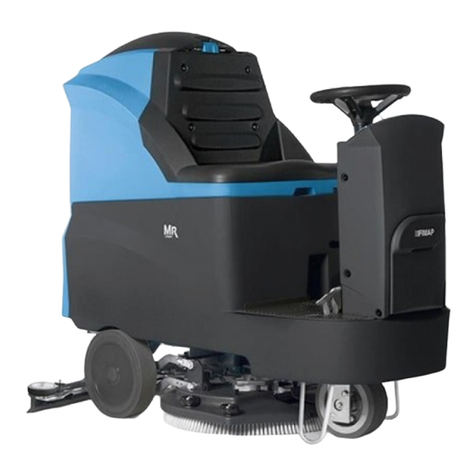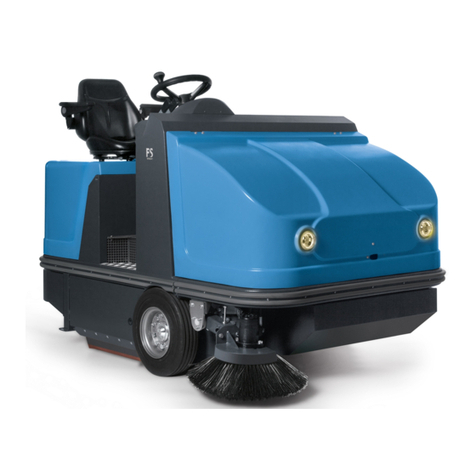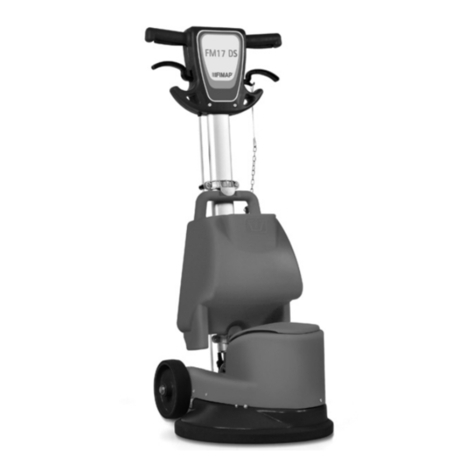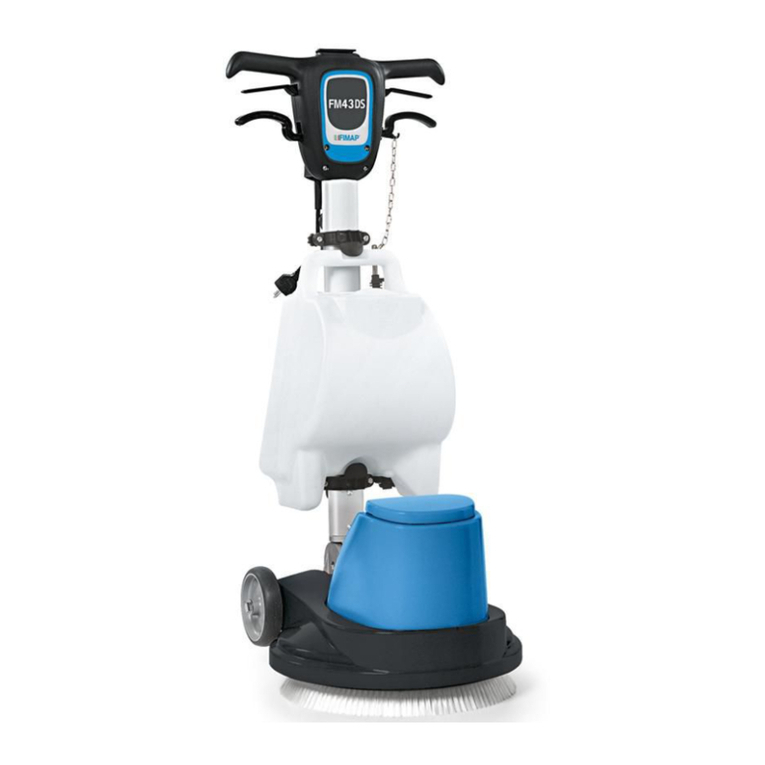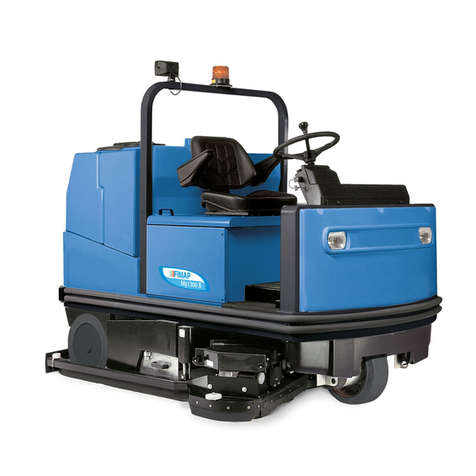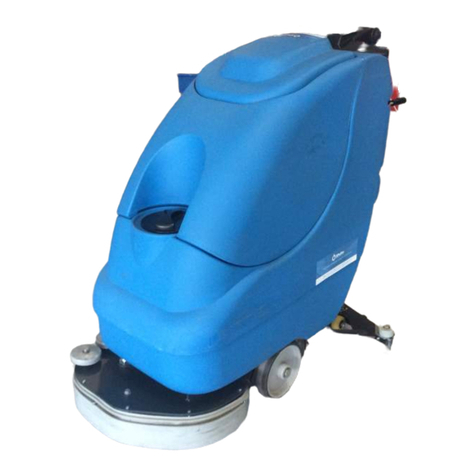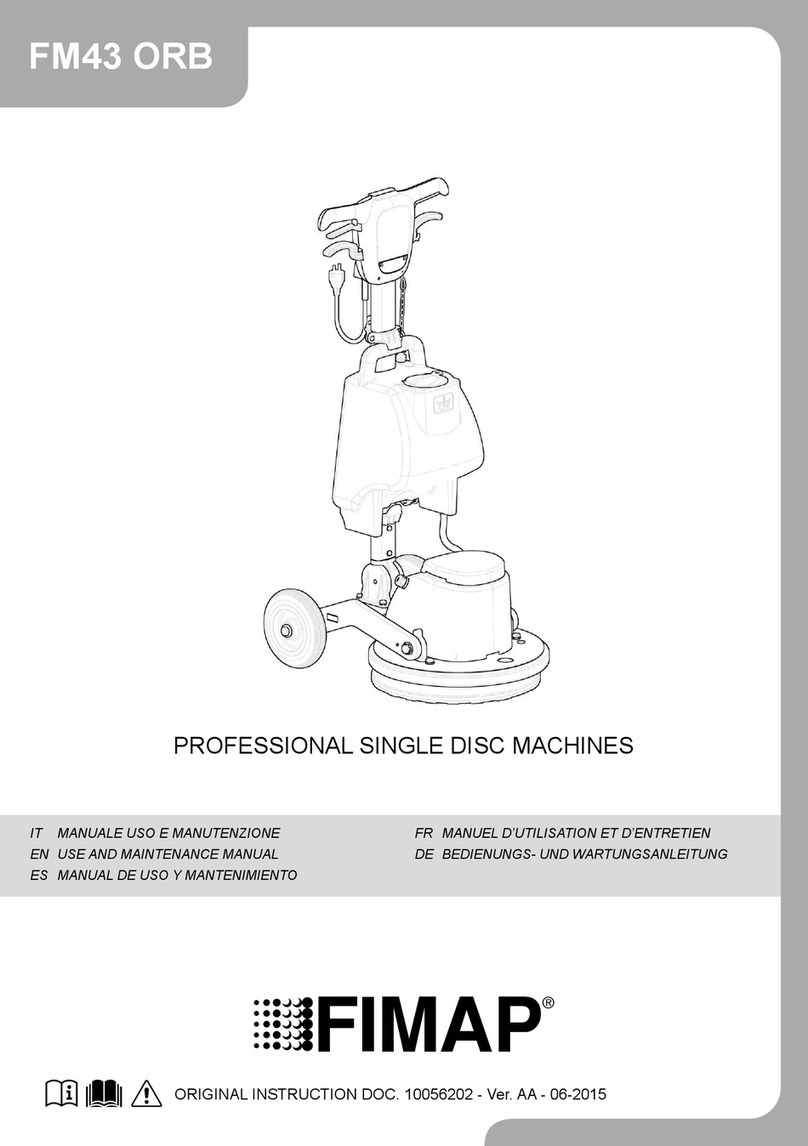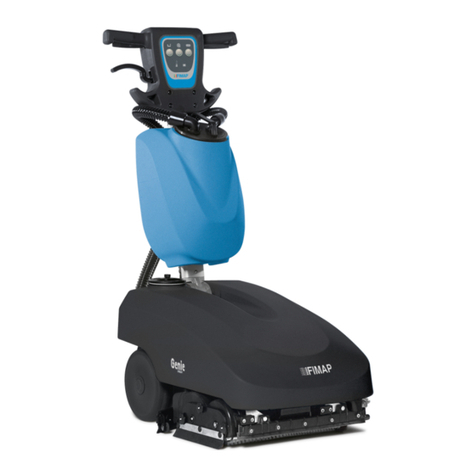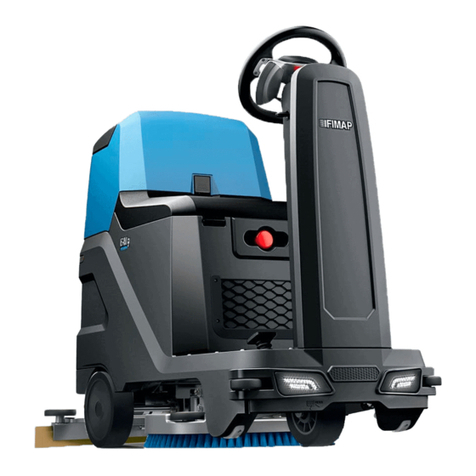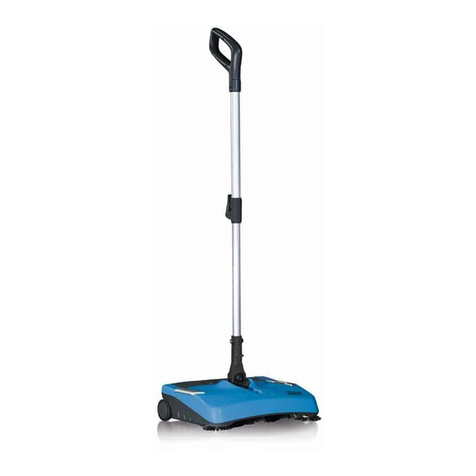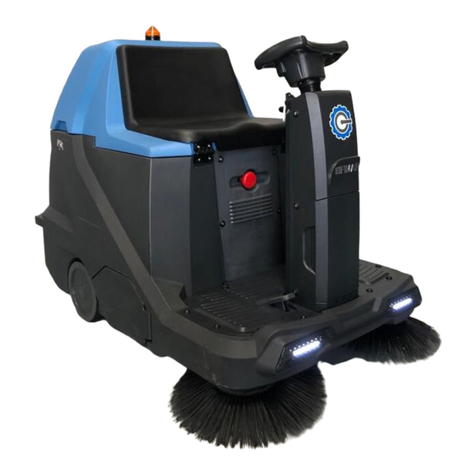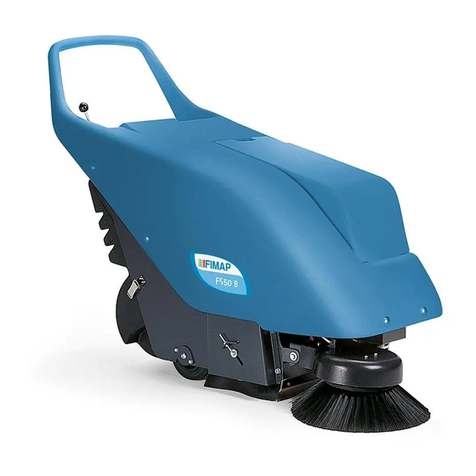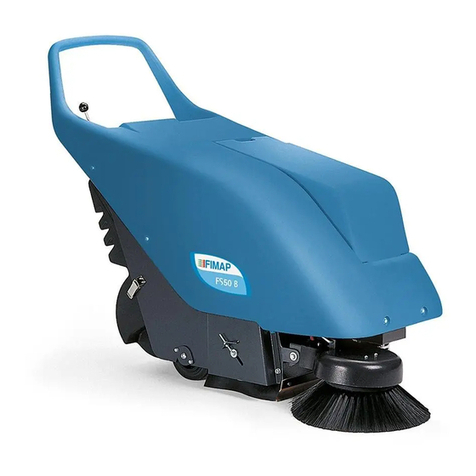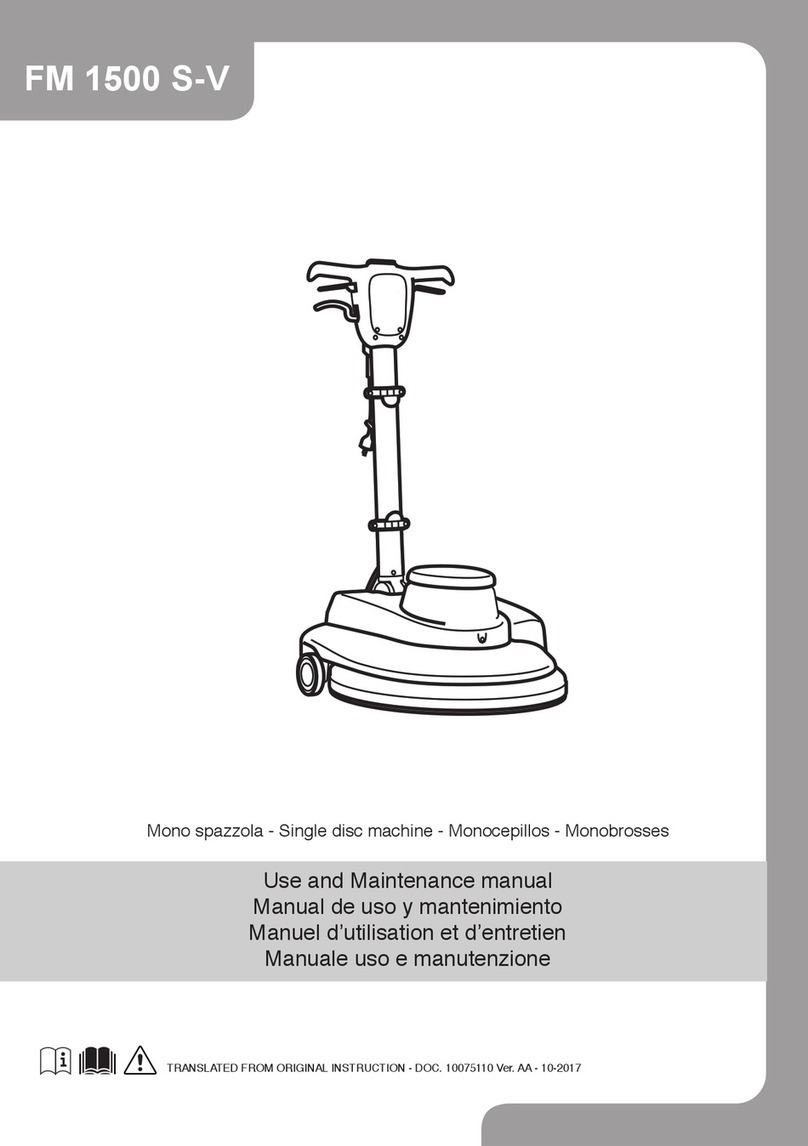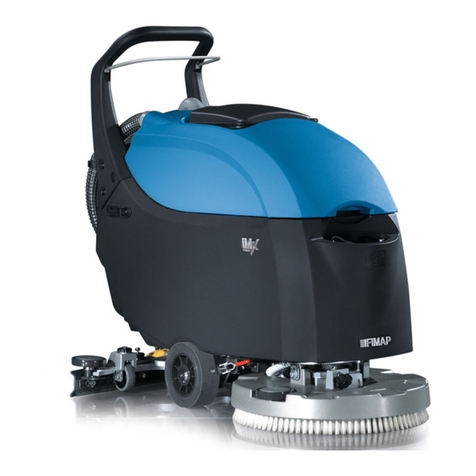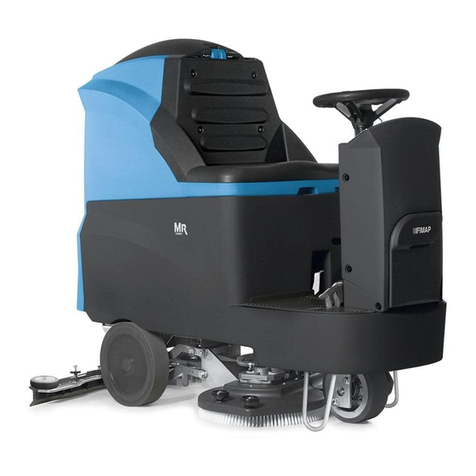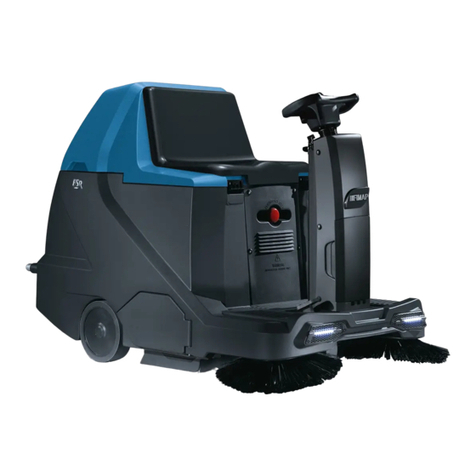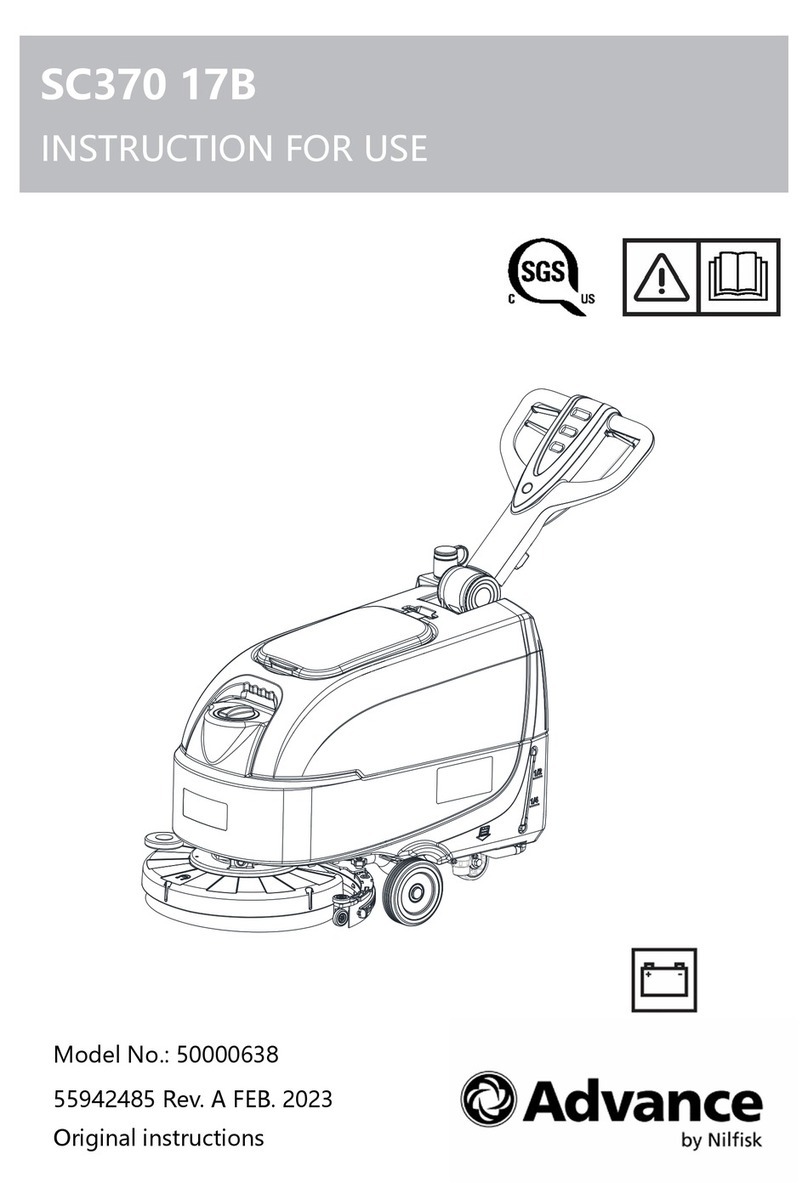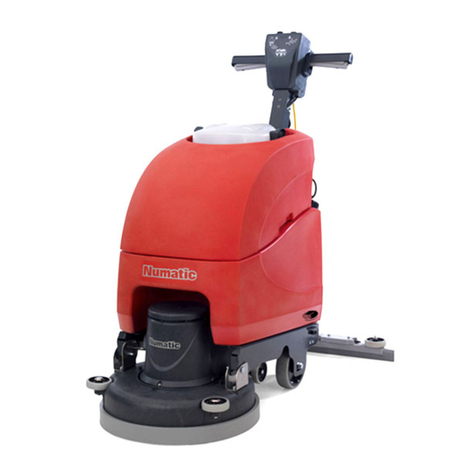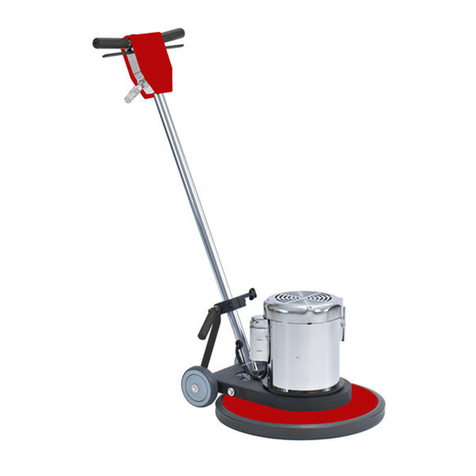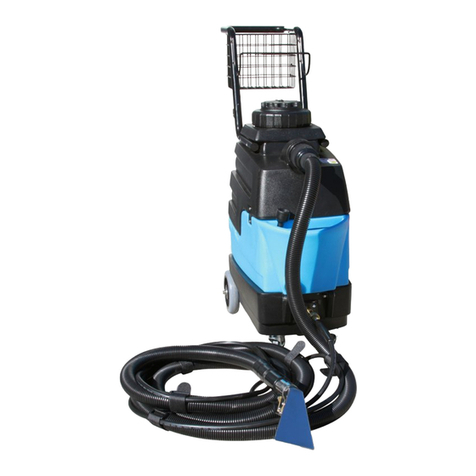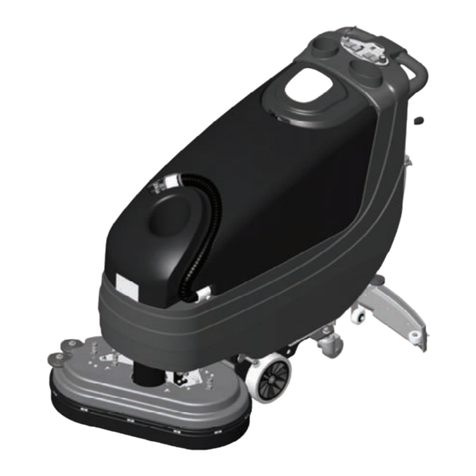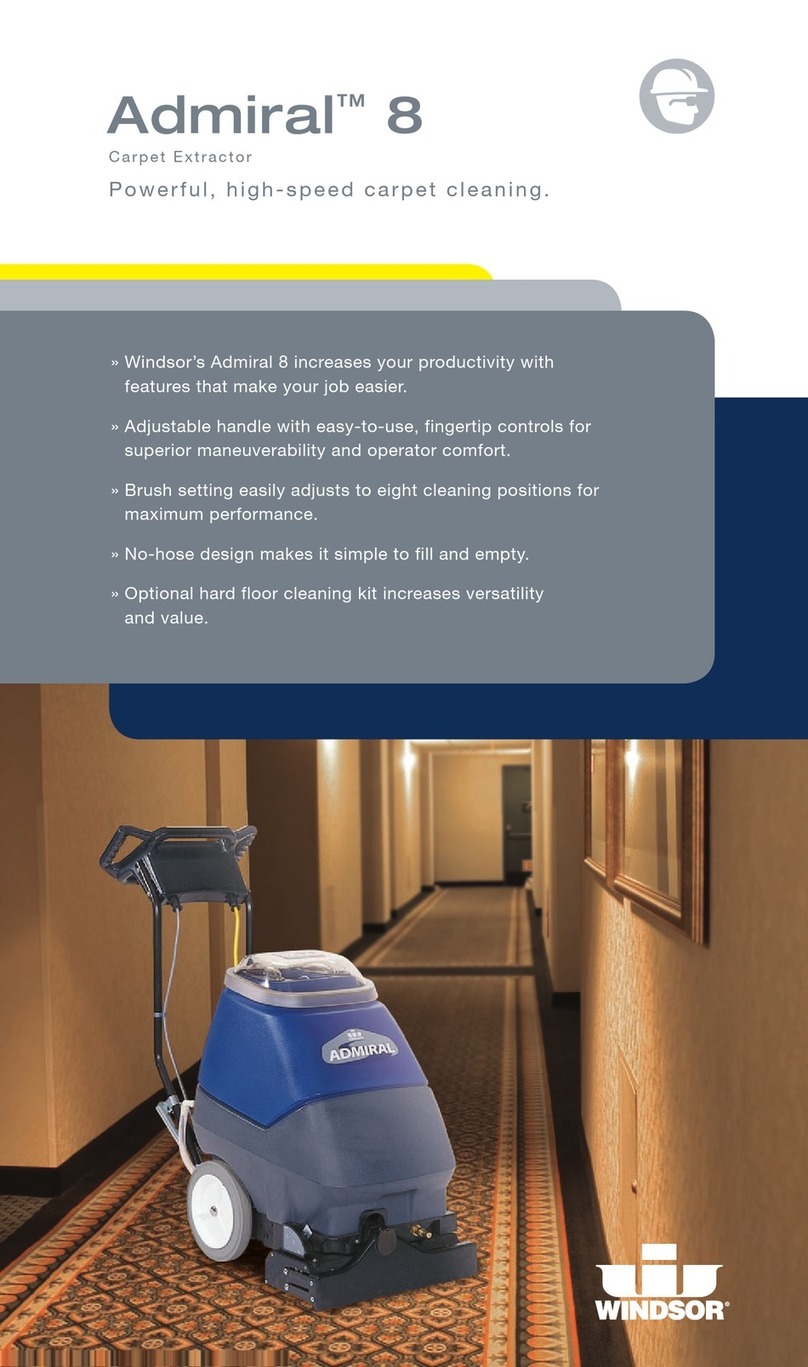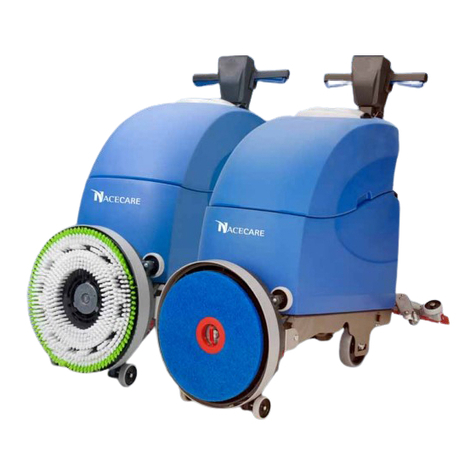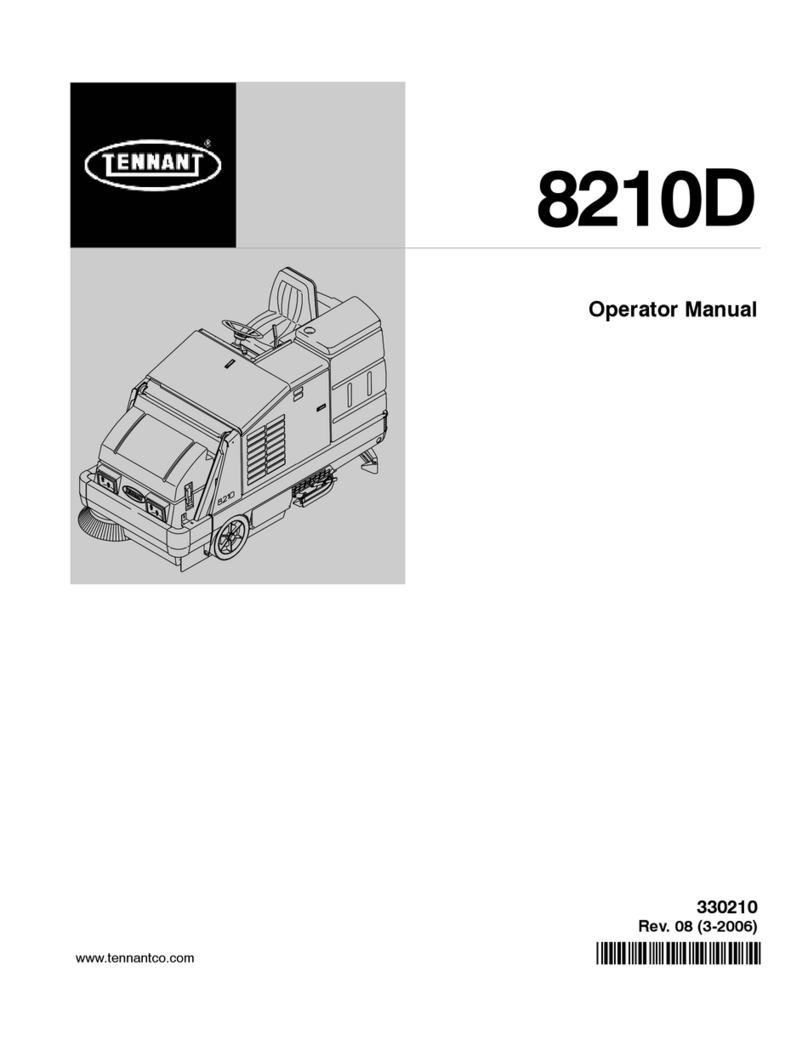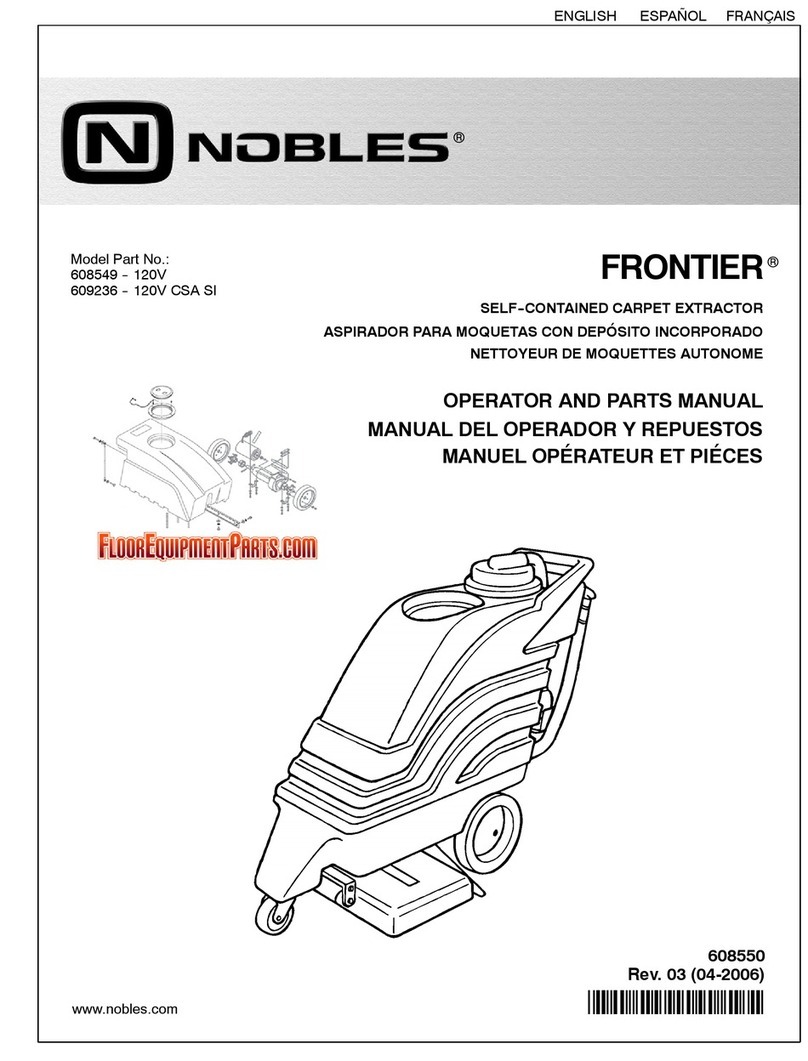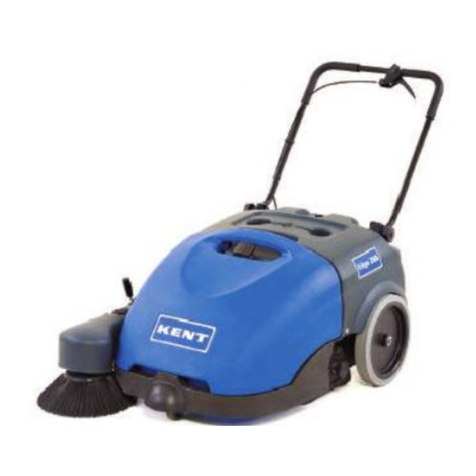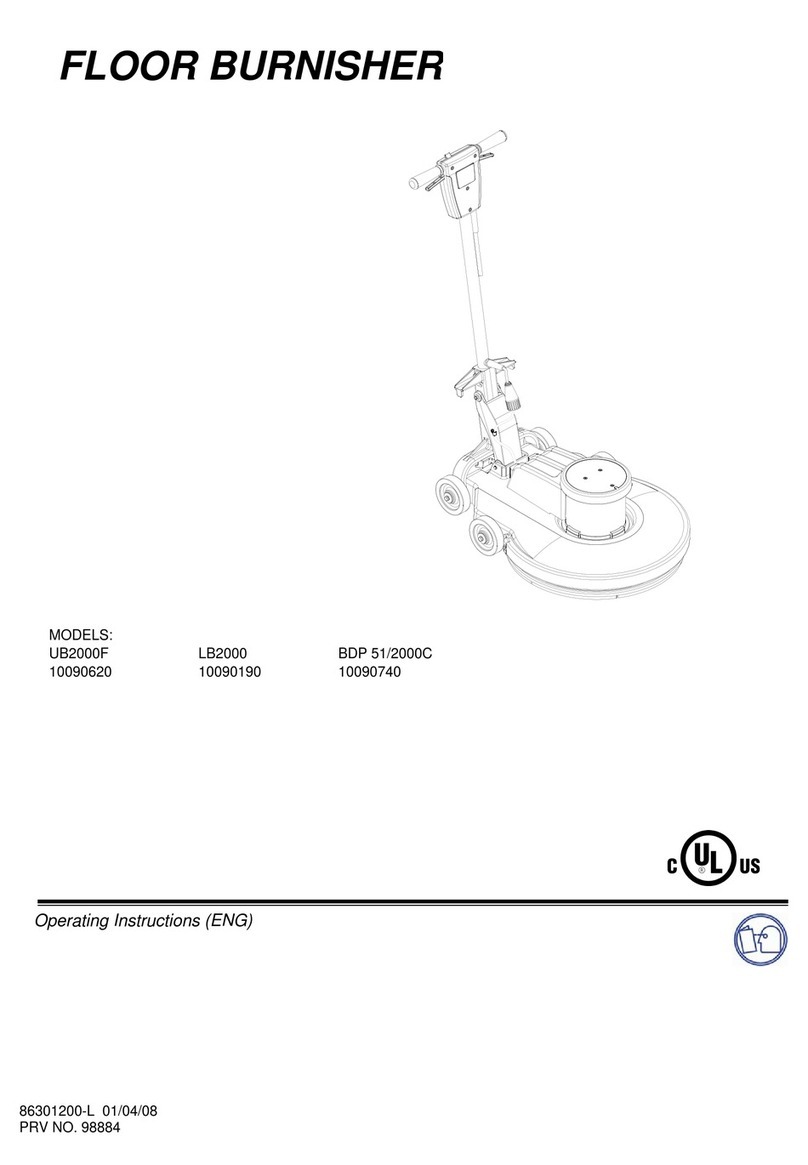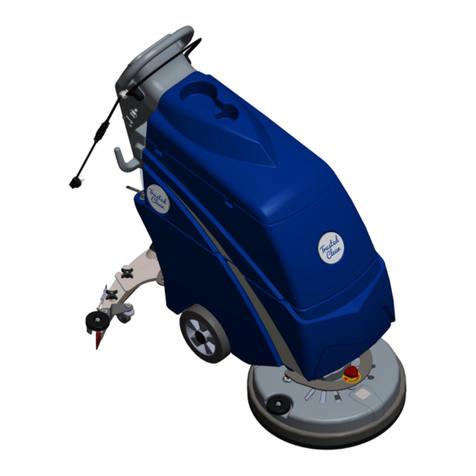3
CONTENTS
ON CONSIGNMENT OF THE MACHINE................................................................................................................................5
INTRODUCTORY COMMENT..............................................................................................................................................5
IDENTIFICATION DATA.....................................................................................................................................................5
TECHNICAL DESCRIPTION................................................................................................................................................5
INTENDED USE................................................................................................................................................................5
SERIAL NUMBER PLATE...................................................................................................................................................5
TECHNICAL DESCRIPTION................................................................................................................................................5
SYMBOLS USED ON THE MACHINE....................................................................................................................................6
GENERAL SAFETY REGULATIONS.....................................................................................................................................8
MACHINE PREPARATION..................................................................................................................................................9
1. HANDLING OF THE PACKED MACHINE..........................................................................................................................................9
2. HOW TO UNPACK THE MACHINE..................................................................................................................................................9
3. HOW TO MOVE THE MACHINE ...................................................................................................................................................10
4. INSTRUMENT PANEL COMPONENTS ..........................................................................................................................................10
5. STEERING COLUMN COMPONENTS ...........................................................................................................................................10
6. FOOTBOARD FRONT-RIGHT COMPONENTS ................................................................................................................................10
7. FOOTBOARD FRONT-LEFT COMPONENTS ..................................................................................................................................11
8. FOOTBOARD REAR COMPONENTS ............................................................................................................................................11
9. SIDE COMPONENTS OF THE MACHINE .......................................................................................................................................11
10. REAR COMPONENTS OF THE MACHINE....................................................................................................................................11
11. FRONT MACHINE COMPONENTS..............................................................................................................................................11
12. TYPE OF STARTER BATTERY ..................................................................................................................................................12
13. MAINTENANCE AND DISPOSAL OF THE STARTER BATTERY........................................................................................................12
14. WORKING FORWARD SPEED...................................................................................................................................................12
15. REVERSE FUNCTION..............................................................................................................................................................12
16. CHECKING THE ENDOTHERMIC ENGINE...................................................................................................................................12
17. CHECKING THE LEVEL IN THE HYDRAULIC OIL TANK .................................................................................................................12
18. SIDE BRUSH ASSEMBLY .........................................................................................................................................................13
19. SERVICE BRAKE AND PARKING BRAKE ....................................................................................................................................13
20. BLINKING LIGHT (OPTIONAL)...................................................................................................................................................14
21. FILLING THE FUEL TANK.........................................................................................................................................................14
WORK...........................................................................................................................................................................15
22. PREPARING TO WORK............................................................................................................................................................15
23. EMPTYING THE DEBRIS HOPPER (MANUAL MOVEMENT) ............................................................................................................16
24. EMPTYING THE DEBRIS HOPPER (AUTOMATIC MOVEMENT).......................................................................................................17
AT THE END OF THE WORK ............................................................................................................................................19
25. ATTHE END OF THE WORK(VERSIONSWITHMANUAL EMPTYING OF THE DEBRISHOPPER)...............................................................19
26. AT THE END OF THE WORK (VERSIONS WITH AUTOMATIC EMPTYING OF THE DEBRIS HOPPER)....................................................20
DAILY MAINTENANCE ....................................................................................................................................................22
27. CLEANING THE CENTRAL BRUSH.............................................................................................................................................22
28. CLEANING THE SIDE BRUSH ...................................................................................................................................................23
WEEKLY MAINTENANCE.................................................................................................................................................24
29. CLEANING THE PANEL FILTER (FP VERSIONS) ..........................................................................................................................24
30. CLEANING THE FABRIC FILTER (FS VERSIONS) .........................................................................................................................25
31. CLEANING THE DEBRIS HOPPER (VERSIONS WITH MANUAL EMPTYING OF THE DEBRIS HOPPER) .................................................26
32. CLEANING THE DEBRIS HOPPER (VERSIONS WITH AUTOMATIC EMPTYING OF THE DEBRIS HOPPER) ............................................26
33. SIDE BRUSH ADJUSTMENT .....................................................................................................................................................27
34. CHECKING THE MOTOR OIL LEVEL ..........................................................................................................................................28
35. MAINTAINING THE HYDRAULIC OIL LEVEL.................................................................................................................................29
EXTRAORDINARY MAINTENANCE ...................................................................................................................................30
36. CENTRAL BRUSH REPLACEMENT ............................................................................................................................................30
37. SIDE BRUSH REPLACEMENT...................................................................................................................................................31
TROUBLESHOOTING......................................................................................................................................................32
38. THE MACHINE DOES NOT START.............................................................................................................................................32

